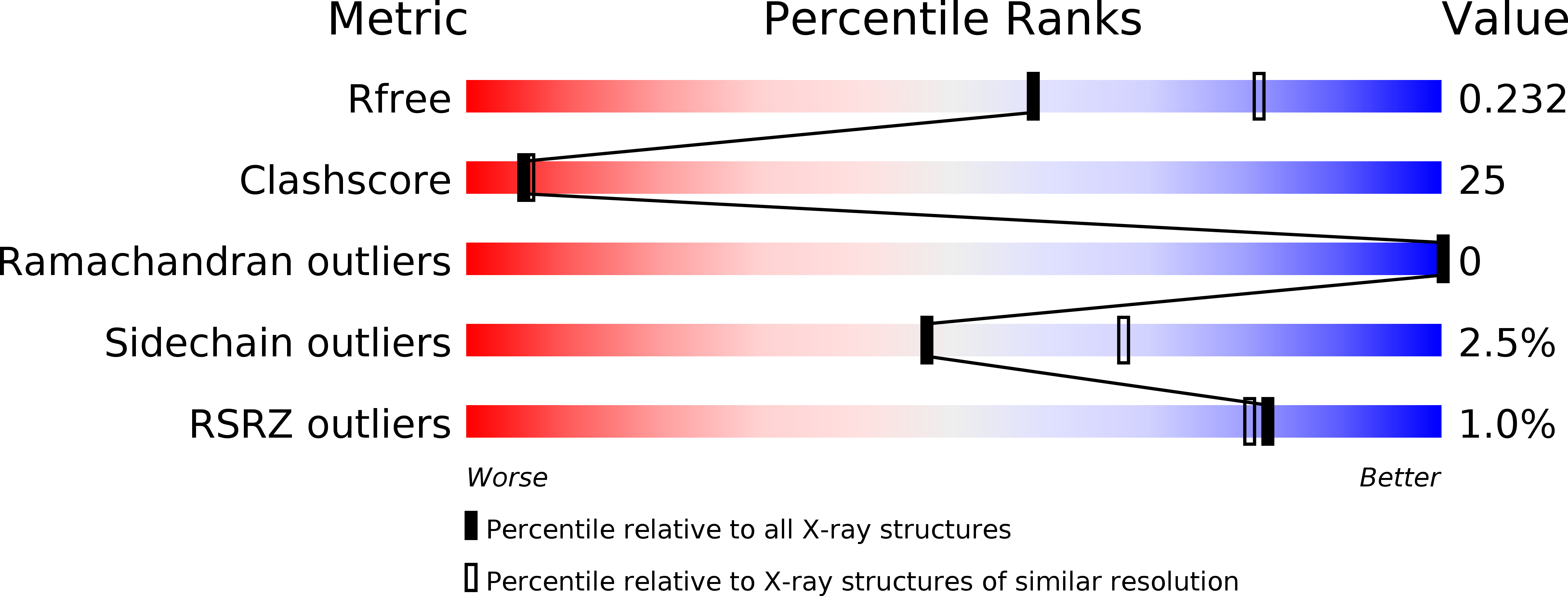
Deposition Date
2016-11-02
Release Date
2017-09-13
Last Version Date
2024-10-16
Entry Detail
PDB ID:
5TT8
Keywords:
Title:
Crystal structure of the complex of Helicobacter pylori alpha-carbonic anhydrase with benzolamide
Biological Source:
Source Organism:
Host Organism:
Method Details:
Experimental Method:
Resolution:
2.40 Å
R-Value Free:
0.23
R-Value Work:
0.19
R-Value Observed:
0.20
Space Group:
P 1 21 1


